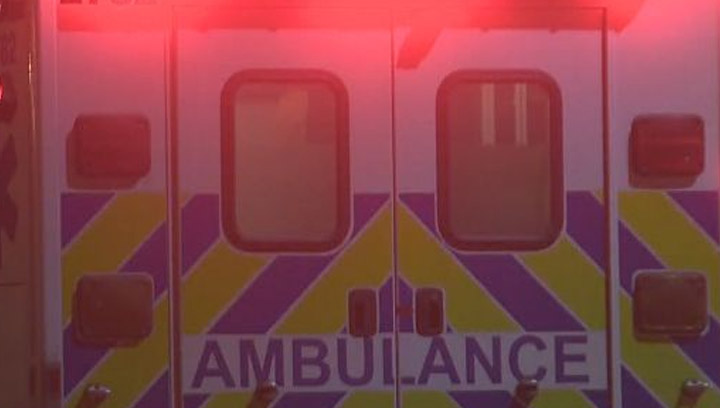The Paramedic Services Chiefs of Saskatchewan (PSCS) said they have received more than 171,300 events this year for ground ambulances in the province, which equates to 470 events a day.

Steven Skoworodko, president of PSCS, said that number has risen, noting that it had 171,000 events last year, and 143,000 the year before.
He said there are three main causes for the increase in call volume.
“Number one is we’re seeing an increase in population in the province, which is a good thing, but it also means more resources needed in their time of need,” Skoworodko said.
“Secondly, we have an aging senior population. So that baby boomer group is getting older, and as we always get older our needs for health care are increasing.”
He said the third was residuals from the pandemic, like people not addressing their health issues during the height of COVID-19.
Skoworodko said Parkland Ambulance paramedics travelled 759,367 kilometres this calendar year, which is an increase compared with last year’s 629,038 kilometres travelled.
He said an added factor in that is rural health facility closures.
“You may have a small rural facility that is closed due to staffing.”
- Buzz kill? Gen Z less interested in coffee than older Canadians, survey shows
- ‘She gets to be 10’: Ontario child’s heart donated to girl the same age
- Canada updating sperm donor screening criteria for men who have sex with men
- Bird flu risk to humans an ‘enormous concern,’ WHO says. Here’s what to know
He said patients will end up getting transferred to the next health facility that can help with treatment.
Skoworodko noted that health-care facilities weren’t the only group running understaffed.
“We’ve never seen this shortage of staff and qualified paramedics in the province.”
He said a survey was done of the membership in the spring that showed 102 vacancies in the province, with some of those positions left empty for as long as two years.
Skoworodko said strategies have been put together with the Saskatchewan Health Authority and the Ministry of Health to try and address this, which include increasing the number of courses for EMRs and increasing the number of seats at Saskatchewan Polytechnic for primary care paramedics.
He noted that the biggest gap they are seeing is with primary care paramedics.
“We’re not seeing a lot of those new people come out of school, and we’re finding that a lot of the people that are taking the primary care paramedic program aren’t actually coming out and practising in an ambulance.”
Skoworodko said there are other avenues people can go with that course, like industrial or fire.
“And some of them maybe go through the course and just find that it isn’t the right course for them.”
Minister of Health Paul Merriman said the government is working to reduce paramedic wait times at hospitals.
“They’re doing an absolutely amazing job in some very challenging weather and very challenging times, and we’re working to make sure that their time in the emergency room when they do drop off a patient, that they can turn that around pretty quick,” Merriman said.
He added that the province is working on community paramedicine, where paramedics come to residents’ homes instead of people going to the hospital.
“There are some vacant positions out there but we’re working with different colleges to be able to make sure that we fill those up.”
He said the rate of people coming out of paramedics courses and not working in an ambulance is nothing new, adding that they are trying to work with post-secondary institutes to try and help where they can.
Global News also reached out to the Ministry of Health and received a statement.
“The Ministry of Health and the Saskatchewan Health Authority (SHA) are aware of the challenges within the EMS system and continue to work on a multi-year EMS stabilization plan to address staffing issues in a number of communities across the province,” the statement read.
“As a part of the 2022-23 budget our government has invested $11M to help enhance rural and remote ground ambulance staff, support community paramedicine, medical first responders and staffing in our urban centres. Included in this funding is an additional 70.7 FTEs (full-time equivalents) in 27 communities across the province to help increase the capacity of ambulance services and improve response times across the province. These additional FTE positions will help the SHA and private EMS operators to recruit and retain staff by being able to provide guaranteed hours. To date, we can report that just over 60% of those positions have been filled.
“We recognize that there are staffing challenges within the EMS system and continue to work with our EMS stakeholders to explore opportunities for paramedic training bursaries, coordinated recruitment initiatives and increased training access.”







Comments